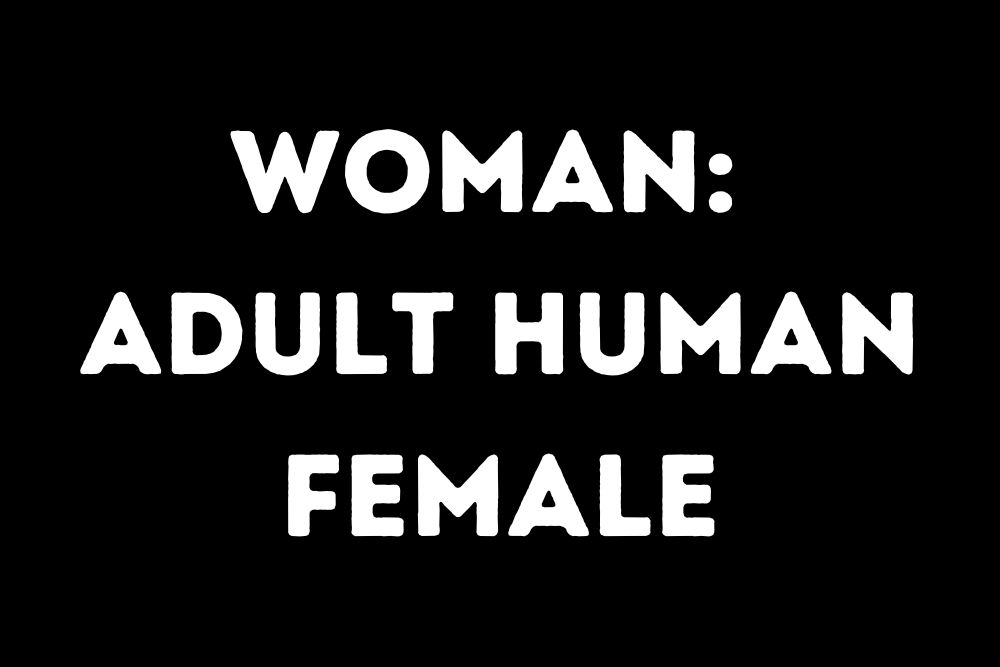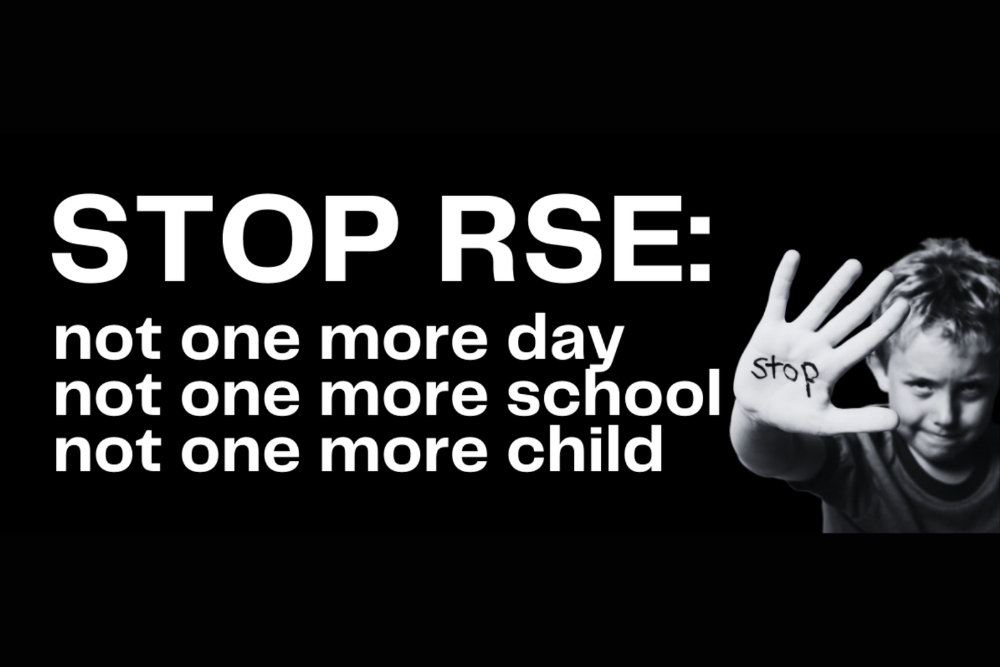By Katrina Biggs
New Zealand’s Parliament recently passed Rachel Boyack’s Plain Language bill into law¹. Rachel Boyack is Labour’s Member of Parliament for Nelson, and her Plain Language bill was her first to be randomly drawn from parliament’s biscuit tin. Understandably, it was a big moment for her, and when the bill was passed into law she tweeted – “Delighted my first bill has passed through the House. Shout out to @WriteLimited for their mahi [work] and support”.
There were 75 submissions made on the Plain Language bill to the Governance and Administration Committee. Included in those which were either cautionary or against the bill, The Law Society’s submission stated (to précis it) that legislation should only be used when a goal can’t be achieved by any other means. Write Limited, to whom Ms Boyack gave a shout out on Twitter, were amongst those who supported the bill in their submission, where, amongst other things, they suggested appointing departmental Plain Language Officers. This was echoed in the bill, and will require annual reports on compliance.
Part of the Plain Language bill states that it should be in “language that the intended reader can easily understand after 1 reading”. In reply to a tweet on Ms Boyack’s Twitter thread, which asked if it could be confirmed that plain language would mean an end to the use of convoluted inclusive language like ‘people with a cervix’, Write Limited replied – “#PlainLanguage aims to be both clear and inclusive and to respect the intended audience for the communication. Word choices matter!”.
Some inclusive language is good, for example where a person’s sex shouldn’t matter, and in order not to devolve to female exclusionary language – e.g. mankind, chairman. However, inclusive language, innocent sounding though those two words might be, has now grown much bigger and messier than that. It’s not easy to see how the inclusive-language term ‘people with a cervix’² is clearer than the word ‘women’ or respectful towards the intended audience, which would be women.
The word ‘woman’ is rich with centuries of meaning, and has instant recognition. Technically, the definition in reputable dictionaries is adult human female, and is the same understanding that the general law of New Zealand has. In life, culture, and society it informs, conveys, encompasses, evokes, and involves more than we could ever get from the term ‘people with a cervix’. To use that term in place of ‘woman’ is reductive, demeaning, and unnecessarily convoluted. Neither does it arouse the same level of engagement from us as when we read the word ‘woman’.
Men have so far not been as subjected to the indignity of reductive inclusive language as women have been, but we are starting to see more terms like ‘people with a prostate’ pop up, so it is seeping into men’s language now, too.
Plain language and inclusive language can be uncomfortable marriage partners. Plain language says that we should use the word ‘women’ for women, because that’s the word that conveys the most meaning and understanding in the shortest possible way. Inclusive language says we should use a term like ‘people with a cervix’ for women, because transgender females and transgender males prefer it, due to the word ‘woman’ potentially causing discomfort for them. This particular type of term to replace the word ‘woman’ is mainly used in health-related narratives concerning our bodies, as transpeoples’ biology and gender identity are at odds with each other.
Language helps us navigate the world by having rules. They ensure that we commonly understand both spoken and written narratives without first having to spend time deciphering or decoding them. Even when language evolves, there are still rules about how it is used. Inclusive language, as we know it in the context of using terms like ‘people with a cervix’, has no rules. Just like gender identities and neo-pronouns, a Google search does not find a concise and stable list of inclusive language terms. All three are mobile concepts, and completely unknown in many walks of life. Yet they are being used in place of language that has rules which enable widespread understanding for the greatest number of people the most amount of time.
Will the Plain Language law apply plain language rules to women, where we will once again be called women instead of ‘people with a cervix? Depending on how it’s applied, we may have a tool in the Plain Language law to fight against inclusive language – a harmless-sounding moniker on the surface, but with deep indignities, misunderstandings, non-engagement, and resentments arising from its’ use. This new law will be tracked with interest, and, feasibly, women will use the full force of it to take back our language.
¹The Plain Language law will apply to legislation which is created after the law has been enacted.
²The term ‘people with a cervix’ is a generic example for the many convoluted terms that can be used instead of using the word ‘woman’. This website manages to not use the word ‘woman’ once in conjunction with talking about cervical cancer.
Speak Up for Women is a women’s rights group with a primary focus of bringing attention to the eroding of women’s and girls’ rights and language.










